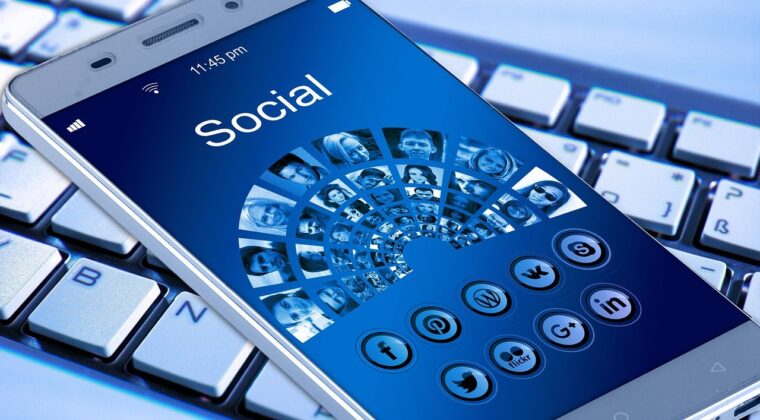For many of us, smartphones represent the very center of our digital lives. According to these Interesting smart phone statistics we can spend up to 5 hours a day on these portable devices, with smartphone users making up half of all internet traffic. We use them for everything from shopping to dating to checking out the latest news, keeping up with our friends, watching the latest movies, playing games at Spin online casino and beyond, and overall keeping our finger on what’s happening around the world. And smartphones are capable of so much more – just look at the smartphone games you can play today! While the games at Spin Casino are, indeed, much better suited to be played on smartphones than most other genres, the fact that titles like Fortnite or PUBG are not only available on these devices but have a massive following should say a lot about the untapped performance hidden under their streamlined hood. So why not use more of their capabilities and turn them into devices usable for more than just snapping selfies and swiping?
The idea
The idea of turning a smartphone into a laptop/desktop computer is nothing new. Microsoft announced Continuum, a feature that would allow smartphones with Windows 10 to run native apps as if they were desktop apps back in 2015, along with a device called “Display Dock” that would make it possible to connect a keyboard and a screen to a Windows 10-powered mobile device.
Photo: XDA Developers
Continuum, unfortunately, went down along with Microsoft’s mobile-facing Windows 10 – and Microsoft’s entire mobile division – but the idea remained, and resurfaced in various forms ever since.
The first laptop shells
The idea of turning a smartphone into a computer (almost) materialized in the late 2010s thanks to a series of ambitious designers and engineers. There was genuine interest for their products – so-called “laptop shells” that would give smartphones a large screen, a full-size keyboard, and a bit of extra battery life and storage – but, for some reason, none of them turned out the way they were meant to be.
Photo: Superbook by Sentio on Behance.net
Not for lack of trying, mind you – the Sentio Superbook, the Miraxess Mirabook, and the NexDock laptop shell were all in the center of attention for a while, only to disappear into oblivion as time went by.
Big brand support
Samsung and Huawei were the big brands to embrace the idea of using their smartphones as desktop computers.
Photo: Samsung.com
Samsung came up with DeX, a surprisingly capable docking station that could connect some phones to Ethernet, screens, keyboards, and mice, turning them into an office or – why not – gaming computer. Huawei’s response was the “Desktop mode” built into EMUI 8, allowing users to connect their phones directly to a screen, and use it as a desktop device with a Bluetooth keyboard and the phone itself acting as a touchpad.
Still nothing
Apparently, in turn, no matter how capable our smartphones become, we still don’t think of them as true computers. Out of the many attempts made in the last few years to merge pocket-sized and desktop computers, exactly zero turned into one embraced by the general public. This leaves us with a big question: would you turn your smartphone into a laptop or a desktop computer?

